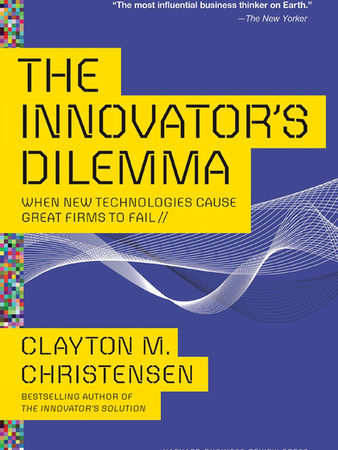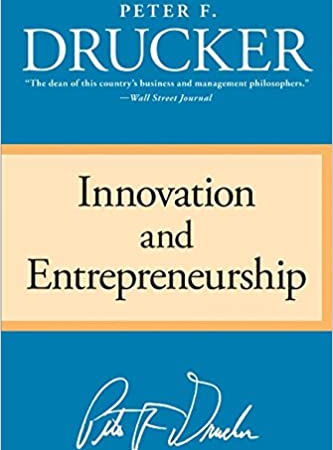
Innovation

Innovation is a broad and multifaceted concept, and it takes many different forms. At one end of the spectrum is incremental innovation, which focused on making small improvements to existing products or processes. Radical innovation, on the other hand, introduces a completely new set of rules to a particular market or industry. While disruptive innovation brings new value propositions that are typically simpler, cheaper, and more affordable.
Innovation thrives when it remains human-centered, respects feedback and adapts accordingly. Tim Brown’s approach to design thinking emphasizes empathy and advocates for designing with, not just for, people. Donald Norman emphasizes how continuous feedback from users guides product development, improving usability over time. Everett Rogers’s Diffusion of Innovations provides a framework for understanding how innovations spread across society, showing that different groups adopt innovations for different reasons—a process driven by how well those innovations respond to specific needs and contexts.
Innovation is a dual process—it is not merely about creation of new things, but also concerns careful revision and repurposing of existing ones. In the domain of art, neither Duchamp’s fountain nor Warhol’s soup cans were new objects—they found new meaning in existing ones. Innovation can reinterpret existing knowledge to create something transformative. Peter Drucker echoes this, focusing on opportunities already present in existing processes, while Rita McGrath discusses exploiting transient opportunities within dynamic markets.
The best innovations align with deeper societal beliefs, while reckless innovation can lead to unintended consequences. Jeremy Lent explores how root metaphors like “Nature as machine” shaped Western innovation but contributed to environmental degradation. Nick Bostrom adds a cautionary note, warning that the uncritical embrace of new technologies can lead to catastrophic outcomes. Ted Chiang emphasizes long-term interaction and care, bringing an ethical dimension to technological innovation.
Successful innovation often emerges from close observation, community feedback, and small-scale experimentation. Jane Jacobs’s work underscores the importance of community-driven innovation, an idea is echoed in The Brand Gap which emphasizes quick, focused studies on specific problems. Similarly, The Lean Startup approach prioritizes small, iterative changes over big, upfront design. Innovation doesn’t have to be grandiose.
Finally, innovation gains momentum through the stories we tell about those ideas. Compelling narratives help drive the success of innovation by connecting with people’s emotions and aspirations. Steve Jobs understood the power of storytelling, blending technology and art in a way that inspired users. Apple’s designer Jony Ive was inspired by Dieter Rams’s "less but better" philosophy, grounded in simplicity, functionality, and sustainability, underscoring the importance of the long-term impact.
Thus, innovation is not a one-size-fits-all concept. It is an evolving, dynamic process that requires both creation and revision, guided by empathy, feedback, and ethical responsibility. Innovation succeeds when it aligns with human needs, cultural values, and thoughtful narratives that inspire change. Best innovation is about sustainable growth—rooted in understanding and a deep connection to the people and environments it aims to transform.
"What is originality? To see something that has no name as yet and hence cannot be mentioned although it stares us all in the face. The way men usually are, it takes a name to make something visible for them."
Friedrich Nietzsche — The Gay Science




















